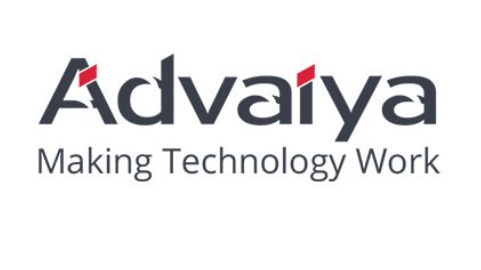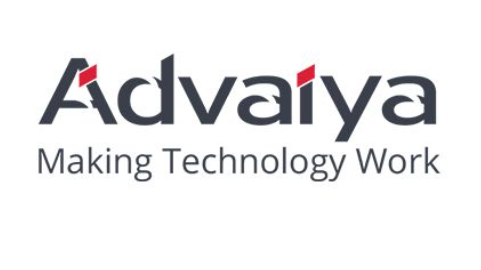Authored by Swati Trivedi, Principal Business Applications
Infrastructure Development 4.0, often referred to as the fourth industrial revolution, focuses on the integration of digital technologies to enhance and optimize infrastructure systems. This results in the way infrastructure is planned, built, operated, and maintained. It leverages cutting-edge technologies to improve efficiency, sustainability, resilience, and user experience across various sectors such as transportation, energy, water, telecommunications, and more.
Infrastructure Development 4.0 also focuses on overcoming the traditional challenges of infrastructure projects like diverse data formats, manual time-consuming processes, communication barriers, etc., and enabling benefits like real-time data integration, data-driven decision-making, predictive and proactive planning, resource optimization, and seamless team collaboration. Such key benefits help teams focus on relevant areas instead of struggling with barriers and losing productivity.
Leveraging the Cloud-based Project Portfolio Management (PPM) for Infrastructure Development 4.0 can accelerate the success of infrastructure projects in several significant ways to better achieve the outcomes. Let’s discuss how it adds value:
- Real-Time Data Integration: While the projects are using IoT devices sensors for better tracking and monitoring sights, resources, materials, etc., digitalization is actively being used in scenarios like traffic management, fleet management, predictive maintenance, supply chain monitoring, natural disaster early warning, and many more, and generates lots of data for analysis and corrective actions. As the cloud-based PPM solutions are built on top of an extensible architecture, such integration with existing digitization is supported with the help of pre-built connectors, low code, no code platforms, or custom coding. The data in sync with plans and schedules gives project managers the next edge of proactive scheduling and planning.
- Data-Driven Decision-Making: The vast amount of data collected through Infrastructure Development 4.0 can be analyzed within the cloud-based PPM system. This analysis can identify trends, patterns, and potential issues, helping project managers make data-driven decisions that optimize project timelines, resource allocation, and risk management using reporting tools like Microsoft Power BI and Tableau. Marrying this data with a PPM solution allows more advanced project planning, execution, and monitoring. Leveraging cloud-based PPM for Agile project planning allows flexibility for Project Managers to adjust project schedules in response to real-time data and insights. This adaptability ensures that project timelines align with project goals and external factors.
With the vast data, cloud-based PPM can enable data saving in a structured manner along with KPIs being tracked, which will result in relevant historical data availability. The cloud-based PPM can be extended to maintain such data, which may help greatly in decision-making based on predictions and history.
- Predictive and Proactive Planning: Infrastructure Development 4.0 technologies enable predictive analytics to forecast potential challenges. For example, consider the scenario where machines being used in Infrastructure projects equipped with sensors are configured to report the scheduled maintenance notification before one month, 15 days, or seven days. Such information with real-time data integration is available in the PPM solution that allows the project manager to plan these machine schedules in the project plan, considering the downtime for maintenance and related aspects.
As an outcome, the schedule can be controlled by Project managers, keeping the timeline in consideration, and if there may be any delay, that also can be communicated and pre-discussed with relevant stakeholders, avoiding last-minute surprises.
Hence, cloud-based PPM can incorporate such predictions into project planning, allowing project managers to proactively address issues before they impact the project. This proactive approach enhances project resilience and minimizes disruptions.
- Resource Optimization: Cloud-based PPM tools like Microsoft Project offer resource management capabilities that align with Infrastructure Development 4.0’s emphasis on optimizing resource usage. By integrating real-time data on material availability, energy consumption, and equipment performance, project managers can ensure that resources are allocated efficiently to maximize productivity.
- Adaptive Scheduling: Infrastructure Development 4.0 promotes adaptability to changing conditions and being in line with project goals, time, and cost constraints. Cloud-based PPM facilitates agile project management by allowing project schedules to be adjusted in response to real-time data and insights. For example, IoT devices configured at the site can monitor seismic activity, weather conditions, and water levels, providing early warnings for disasters like earthquakes and floods. Cloud-based PPM tools with features like predecessors, constraints, etc., allow project managers to schedule the plan so that the project is least impacted.
- Enhanced Collaboration: Cloud-based PPM fosters collaboration among stakeholders, enabling multidisciplinary teams to work together seamlessly. In the context of Infrastructure Development 4.0, where various specialists contribute to interconnected systems, effective collaboration is essential. Cloud-based platforms provide a centralized space for sharing insights, updates, and strategies, thereby accelerating problem-solving and innovation.
For example, Infrastructure projects may use AI-enabled cameras installed on site to capture the images on a set frequency; at the same time, the site managers can upload the images of work in progress, and machines with such capability deputed on certain work are configured to capture the image before the start of work and at the finish of work. In the context of cloud-based PPM, all these visuals can be uploaded to a dedicated workspace for the project. With the help of AI builder and Image processing tools, this data can be leveraged to track the project’s progress.
- Risk Mitigation: Cloud-based PPM’s risk management features can be enhanced by the insights provided by Infrastructure Development 4.0. Early detection of potential risks through sensors AI automation can enable project managers to better plan for risk mitigation, minimizing the impact on project success.
By merging the capabilities of cloud-based PPM with the transformative potential of Infrastructure Development 4.0, infrastructure projects can achieve accelerated success. The integration of real-time data, predictive analytics, collaborative platforms, and adaptable planning leads to optimized resource utilization, efficient problem-solving, and the timely delivery of projects that meet the demands of a rapidly evolving world.
Hence, enhanced PPM solutions with advanced tools become an important factor in achieving optimal outcomes within the anticipated timeframes for Infrastructure projects.








